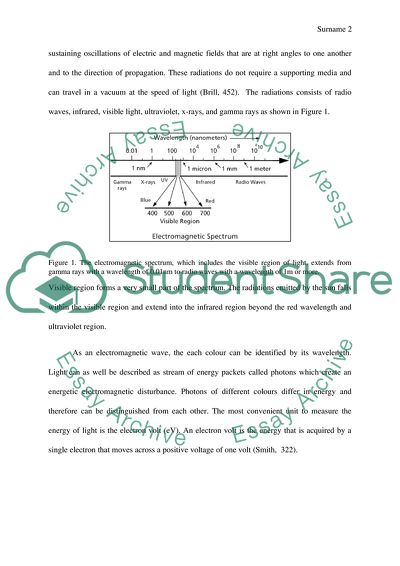Cite this document
(The Description of Light Report Example | Topics and Well Written Essays - 1250 words, n.d.)
The Description of Light Report Example | Topics and Well Written Essays - 1250 words. https://studentshare.org/physics/1849653-color-and-the-visible-spectrum-research-paper
The Description of Light Report Example | Topics and Well Written Essays - 1250 words. https://studentshare.org/physics/1849653-color-and-the-visible-spectrum-research-paper
(The Description of Light Report Example | Topics and Well Written Essays - 1250 Words)
The Description of Light Report Example | Topics and Well Written Essays - 1250 Words. https://studentshare.org/physics/1849653-color-and-the-visible-spectrum-research-paper.
The Description of Light Report Example | Topics and Well Written Essays - 1250 Words. https://studentshare.org/physics/1849653-color-and-the-visible-spectrum-research-paper.
“The Description of Light Report Example | Topics and Well Written Essays - 1250 Words”. https://studentshare.org/physics/1849653-color-and-the-visible-spectrum-research-paper.


